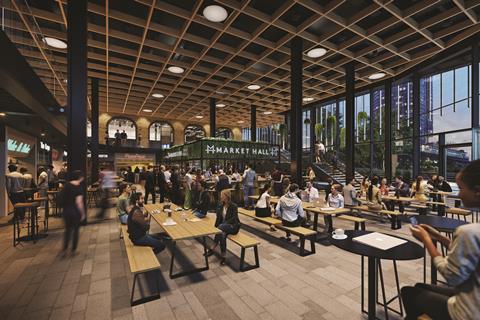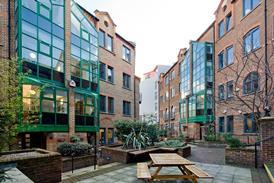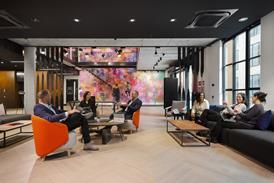Editor: Markets can and should play a big part in discussions about the high street’s future (‘Market Halls set for £20m cash injection’).

Markets can be on the street, undercover or indoors. There has been a massive growth in privately run markets in London in the past 15-plus years, many of which started out as a response to the 2007-08 economic collapse and often relate to London’s changing demographic and growth. The sale of hot food/street food has had a particularly big impact.
Most street markets are run by local authorities and energy is going into trying to make them more robust and relevant in the face of the pressures high streets are going through.
Markets provide low-cost retail environments, require low capital investment and can generate great footfall, social and vitality impacts. They can respond to changes in local areas much faster than bricks-and-mortar investments.
To work well they need good content, positive management, sensible location, adequate back- of-house facilities, customer support, a good range of events and the right legislative regime.
Markets are the first type of ‘experiential retail’ and to keep relevant in today’s retail climate they must be fleet of foot and open minded, working well with their retail stakeholder neighbours.
The mayor of London published the report Understanding London’s Markets in 2017, which is available on the GLA website, and he set up the London Markets Board to take its conclusions further. The LMB is funding a market traders pilot training scheme called Tomorrow’s Market and is looking at best practice in running London’s street markets. It has just helped organise a major international conference on markets.
John Burton, member of the London Markets Board, Urban Space Management






























No comments yet